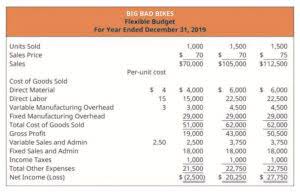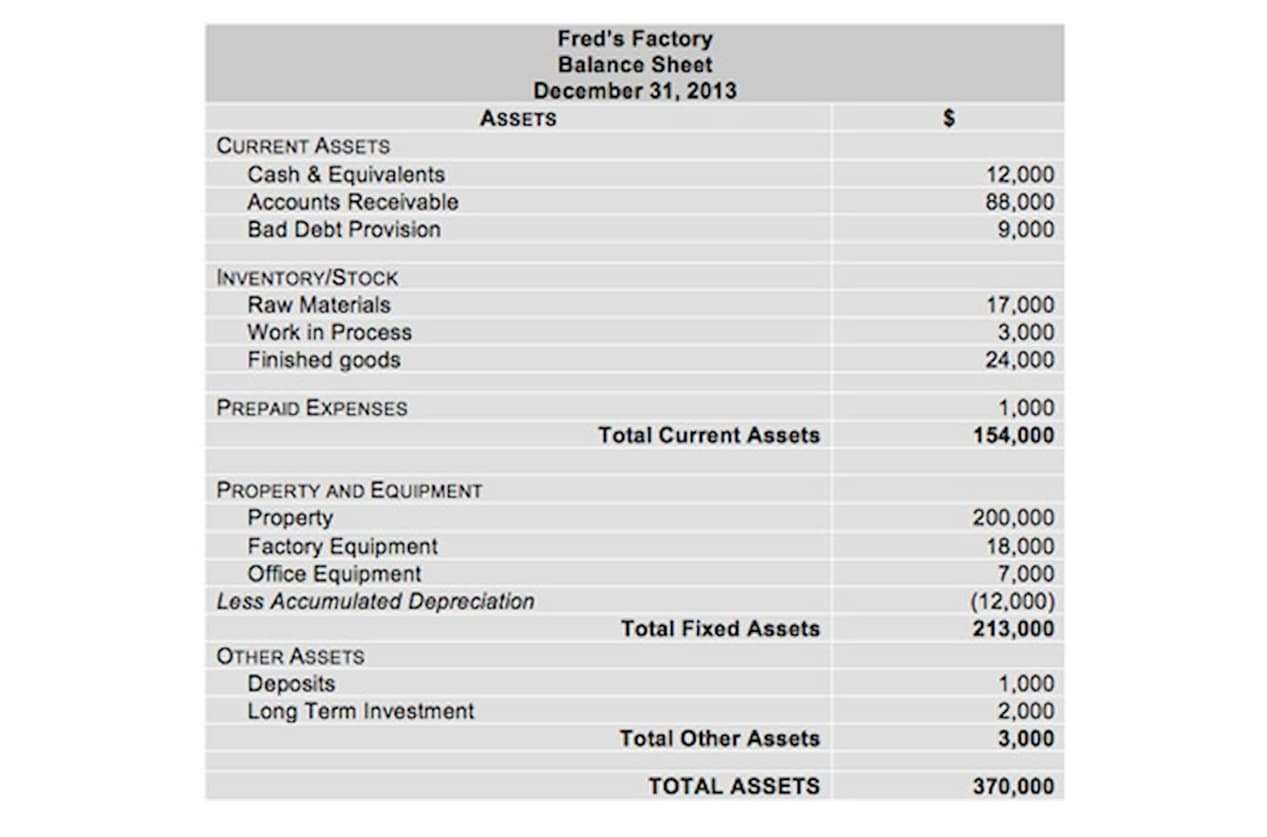As mentioned above, these are pre-tax contributions, so not only do they help you save for the future, they also save you money on your taxes now. The standard deduction, which Oregon has, is a deduction that is available by default to all taxpayers who do not instead choose to file an itemized deduction. We last updated the Individual Income Tax Return Instructions for Full-year Residents in January 2024,so this is the latest version of Form OR-40 Instructions, fully updated for tax year 2023. You can download or print current or past-year PDFs of Form OR-40 Instructions directly from TaxFormFinder.You can print other Oregon tax forms here. It is not only possible to imagine a better tax filing system in Oregon, but also to realize it.
Oregon: Federal Retirement Plan Thresholds in 2022
Using links from the department’s website ensures that both taxpayers’ federal and state return will be filed for free. 2-D barcode filing is an alternative way to file an Oregon return on paper. Oregon-approved tax software packages are required to print a 2-D barcode on forms 40, 40N, and 40P. Several tax preparation software providers offer free online electronic tax filing.
Filing state taxes for free: Where to go for…
Instead, the state generates revenue with a statewide income tax of 4.75% to 9.9%, ranking among the highest in the nation. Local governments levy property taxes, and these come in right around U.S. averages. The typical Oregon homeowner pays $3,479 a year in property taxes. You can save time and money by electronically filing your Oregon income tax directly with the . Benefits of e-Filing your Oregon tax return include instant submission, error checking, and faster refund response times. Most tax preparers can electronically file your return for you, or you can do it yourself using free or paid income tax software, like the examples listed below.
Personal and real property taxes
- Notably, though, the new 39.6% rate is only supposed to apply to taxpayers making $400,000 or more.
- There is no property tax on household furnishings, personal belongings, automobiles, crops, orchards or business inventories.
- It consists of four income tax brackets, with rates increasing from 4.75% to a top rate of 9.9%.
- This influences which products we write about and where and how the product appears on a page.
- Here’s the best tax software for 2024 if you have an extension.
Once your transaction is processed, you’ll receive a confirmation number. When paying estimated tax or extension payment, you aren’t required to file a couple or the Oregon-only extension form. E-filing is the fastest way to file your return and receive your refund. The speed and accuracy of computers allow electronic returns to be received and processed Navigating Financial Growth: Leveraging Bookkeeping and Accounting Services for Startups faster than paper returns, greatly reducing errors and delays. E-filing uses secure technology to ensure the safety of your personal information when it’s sent to the IRS and the Department of Revenue. We begin paying interest on your Oregon refund 45 days after the filing due date or 45 days after you file your return (whichever is later).
State Tax Rates on Long-Term Capital Gains, 2024
Complete an Oregon Business Registry Resale Certificate and give it to the out-of-state seller at the time of purchase. The seller may accept this certificate and exempt the transaction from their state’s sales/use/transaction tax, but they aren’t required to accept it. The IRS tools will show you one of three messages explaining your tax return status. To log in, you’ll need your Social Security number, filing status and the expected amount of your refund. The IRS updates the app overnight, so if you don’t see a status change, check back the following day.
Check with your state’s tax and revenue authority for further information. There are a few other deductions that can impact the size of your paychecks. If you pay for any benefits from your employer, such as health or life insurance, any premiums you pay will come out of your paycheck.
What if I need to change my return after I file electronically?
Plus plenty of credits and deductions are available to help filers save on their tax bills. It’s important to prepare and file your Oregon state tax return correctly and on time to avoid potential penalties and interest. As you fill out your forms, watch out for specific deductions and credits you may qualify for that can help reduce how much you owe or even increase your tax refund.
Why do the forms generated by my third-party software look different than the forms on the department’s website?
If passed, the billionaire tax would be a minimum of 25% for households with net worth exceeding $100 million. Our partners cannot pay us to guarantee favorable reviews of their products or services. While taxes are a part of life, you can play a role in how much comes out of your paycheck.
Individual Taxes
Keep in mind, though, you willl have to pay a late-payment or late-filing penalty if you don’t meet the state’s deadline. The late-payment penalty is 5% of your tax bill, which is charged even if you filed for an extension and didn’t pay by the due date. The late-filing https://stocktondaily.com/navigating-financial-growth-leveraging-bookkeeping-and-accounting-services-for-startups/ penalty, which kicks in if you file more than three months after your due date, is 20% of your balance. And if you don’t file a return for three consecutive years by the due date of the third year, including extensions, the state will charge a whopping 100% penalty.
Yes.If you change your permanent residence to Oregon, your pension income, along with allother income regardless of source, is taxable in Oregon. Depending on your ageand income, you may be entitled to a retirement income credit on your Oregonreturn. If you receive a U.S. government pension for service before October 1991, you may be entitled tosubtract all or part of that pension https://wyomingdigest.com/navigating-financial-growth-leveraging-bookkeeping-and-accounting-services-for-startups/ on your Oregon return. Oregondoesn’t tax Social Security or Railroad Retirement Board benefits. Congress has since increased the agency’s funding, and the IRS said it has hired thousands of new telephone representatives. Still, the agency says you should call only if it’s been at least 21 days since you filed your taxes online or if the Where’s My Refund tool tells you to.



